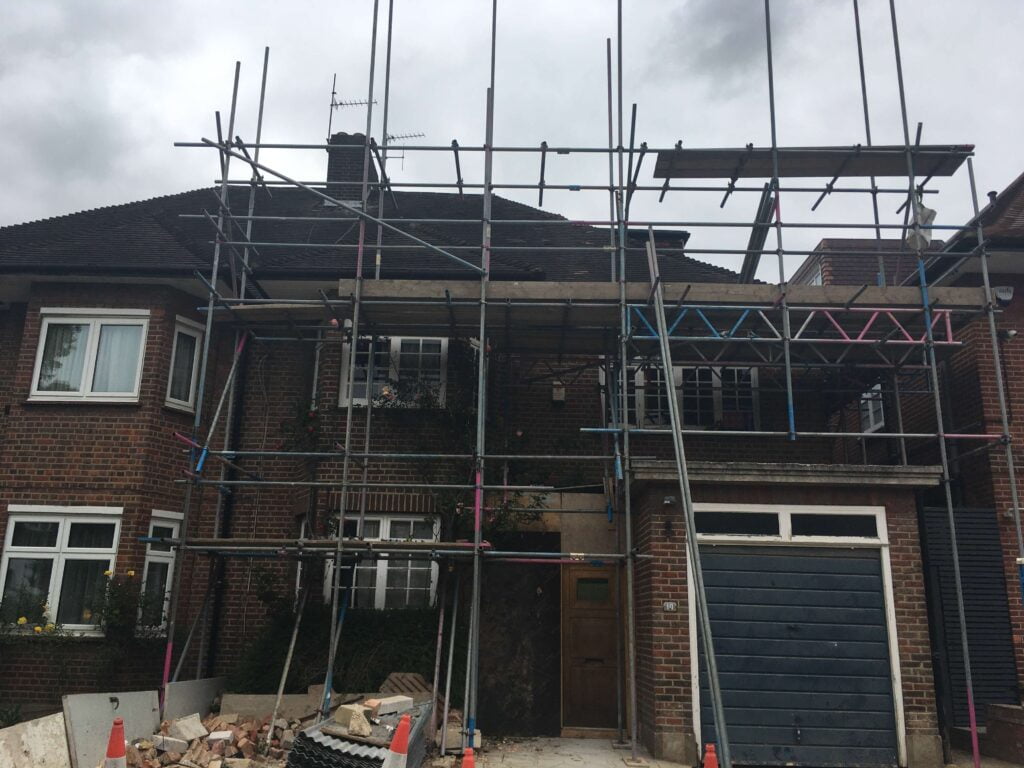The main difference between the soleplate and base plate in scaffolding is that the base plate is used to carry the load while the soleplate is used for distributing the load from the base plate to the ground.

Soleplate definition
A soleplate is metal, concrete, or timber used in distributing the load from a standard. Also known as the sill plate or the mudsill, the soleplate is used as the main support beam of a wall in the construction industry. These are typically the first blocks of wood that are in contact with the masonry that is found at the foundation or basement.
Baseplate meaning
A base plate is a metal plate that has a spigot that is used to distribute the load from another load-bearing tube, raker, or standard. All standards or uprights of a scaffold are required to be mounted on a steel base plate.
Advantages of soleplate
Soleplates help to significantly increase the stability of scaffolding. For any scaffolder, the safety of the structure is extremely important as this is the determinant of whether the structure will be safe for workers and also resistant to factors such as adverse weather. The sole plates help in providing an anchor for the scaffolding structure.
Comparison Table
| Sole plate | Base plate |
| It is used for distributing the load from the base plate to the ground. | It’s used to carry the load on scaffolding |
| It is metal, concrete, or timber used in distributing the load from a standard | It is a metal plate that has a spigot that is used to distribute the load from another load-bearing tube, raker, or standard |
Knowing all the parts of a scaffold tower is essential if you expect to do a good scaffolding job. The soleplate and footplate are both essential features of a scaffold tower. Knowing such components of a scaffold tower is the beginning of doing a great scaffolding job.